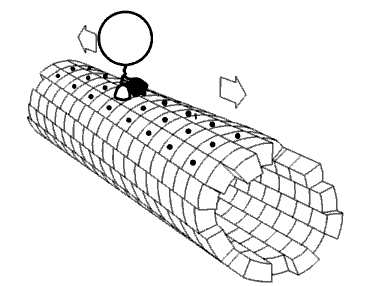
Photo from academic.microsoft.com
In the present study, the usability of semiempirical quantum mechanical methods for calculating bond dissociation energy (BDE) was investigated systematically. Density functional theory (DFT) methods with the B3LYP and B97-1… Click to show full abstract
In the present study, the usability of semiempirical quantum mechanical methods for calculating bond dissociation energy (BDE) was investigated systematically. Density functional theory (DFT) methods with the B3LYP and B97-1 functionals were used for comparison. We introduced a new test set for BDE, called BDE200, which covers a wide range of compounds including large aromatic compounds. The use of BDE200 test set revealed that the accuracy of the methods studied was ordered from best to worst as: B97-1 > B3LYP > rPM6 >> PM7 > PM6 > AM1 > PM3. In addition to the improved accuracy of rPM6 for predicting BDE, it was found that rPM6 can provide a quantitative correlation between BDE values and reactivity. The rPM6 calculated activation enthalpies for C–H hydroxylation catalysed by the compound I of cytochrome P450 were proportional to the calculated and experimental C–H BDE values, in line with the results of previous DFT studies. We believe that rPM6 can help develop a database, for instance, for the determination of site of metabolism. GRAPHICAL ABSTRACT
Journal Title: Molecular Physics
Year Published: 2019
Link to full text (if available)
Share on Social Media: Sign Up to like & get
recommendations!